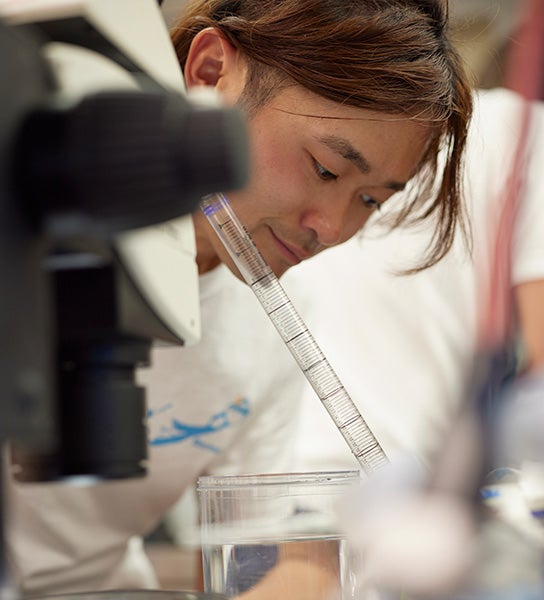
Repeatedly ranked No. 1 in innovation
For 10 consecutive years, Arizona State University is ranked No. 1 in innovation in the newly released annual “Best Colleges” 2025 rankings by U.S. News & World Report — just one of many top rankings earned by ASU.



